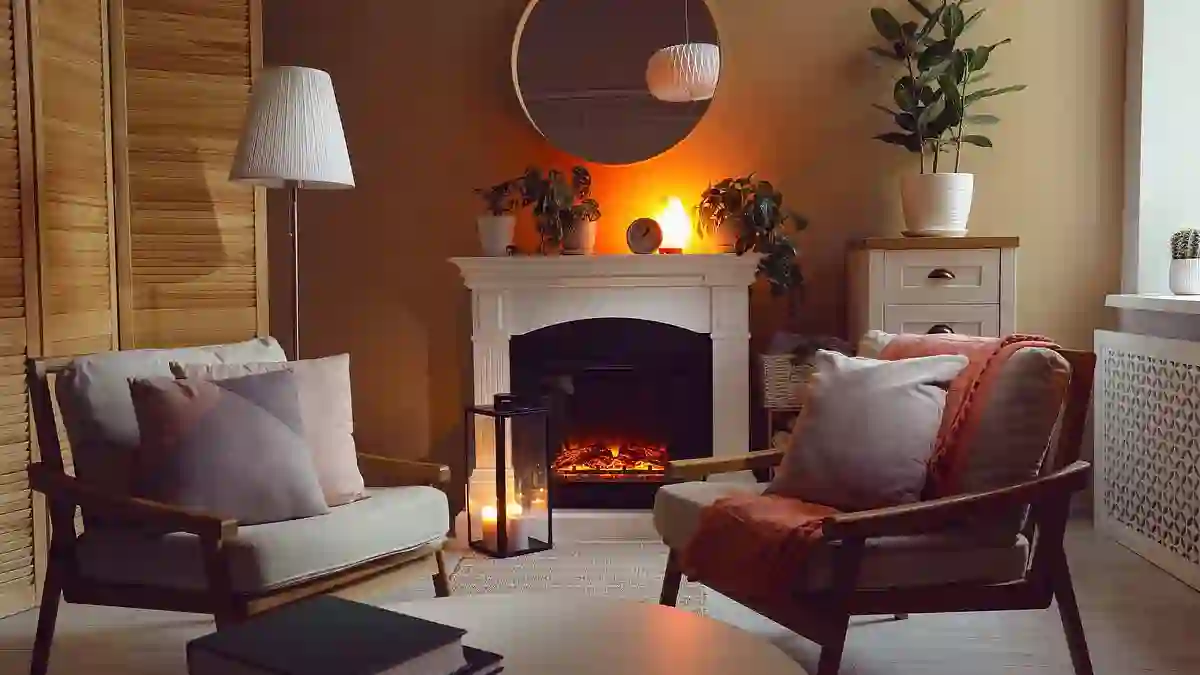On a chilly winter night, there’s something comforting about gathering around a wood-burning stove.
It feels rustic, peaceful—and often, more affordable than switching on central heating.
But behind that cozy warmth might be a hidden health hazard lurking in your living room.
A new study is sounding the alarm on even the most modern eco-friendly stoves, revealing that they may not be as clean or safe as many homeowners think.
Pollution Inside Your Home May Be Worse Than You Realize
While many people assume that using upgraded stoves or alternative fuels like briquettes or smokeless coal is a greener, healthier choice, experts are now challenging that idea.
Researchers from the University of Surrey’s Global Centre for Clean Air Research (GCARE) found that these stoves still release harmful toxins into the air inside your home.
Among the pollutants released are ultrafine particles (UFPs), PM2.5 (a type of fine particulate matter), black carbon, and carbon monoxide—all of which can seriously affect your health.
We’re talking about increased risks for conditions like heart disease, chronic respiratory issues, lung cancer, and even damage to your brain, liver, and kidneys.
What the Study Looked At and Where
To get a real-world look at what people are breathing in, the researchers monitored five households in Guildford, Surrey.
These homes used a mix of stove types and fuels—everything from seasoned firewood to smokeless coal.
They found that open fireplaces were the worst offenders, producing up to seven times more PM2.5 than modern stoves.
But surprisingly, even the so-called eco-friendly multifuel stoves emitted higher levels of ultrafine particles compared to standard eco models.
Cleaner Fuels Might Not Be So Clean After All
Wood briquettes and smokeless coal are often sold as cleaner, more efficient alternatives—but the study shows otherwise.
In fact, these fuels increased exposure to harmful particles by 1.7 and 1.5 times respectively compared to top-rated stoves.
Even the best modern appliances had issues.
Lighting the stove, adding more fuel, or even cleaning out the ash all caused noticeable spikes in indoor pollution levels.
Why Ventilation Matters More Than You Think
One big factor that made pollution worse? Poor ventilation.
In homes where windows stayed shut while stoves were burning, the levels of pollutants were three times higher than in homes that cracked a window.
Smaller rooms and longer burn times also contributed to worse indoor air quality—an important note for people living in compact apartments or those who rely on stoves as their main heat source.
Expert Warning for Winter Months Ahead
Professor Prashant Kumar, the lead researcher, says many people will turn to solid fuels this winter to beat rising energy costs.
But doing so without fully understanding the air quality risks could be dangerous.
“People assume that modern stoves are safe,” he said, “but the reality is that they can fill your home with harmful pollutants—especially if you’re not ventilating properly.”
Abidemi Kuye, a PhD researcher on the project, added that even in homes using supposedly cleaner setups, the pollutant levels often exceeded World Health Organization (WHO) guidelines.
According to him, people simply don’t realise how fast indoor air quality can deteriorate with regular stove use.
Some Still Say the Benefits Are Worth It
Interestingly, the Stove Industry Association (SIA) doesn’t deny the risks tied to stoves—but they emphasize what they see as the upsides.
In an earlier report this year, the SIA suggested that wood burners bring families together, create a relaxing atmosphere, and are often more affordable than electric heating.
Their point? It’s not just about heating—it’s also about lifestyle, connection, and mental well-being.
So What Should You Do?
If you use a wood stove or plan to this winter, the key takeaway is balance.
Ventilate well, keep your burn times reasonable, and think twice about the kind of fuel you use.
The study’s findings, published in Nature’s Scientific Reports, make it clear: just because something feels eco or traditional doesn’t always mean it’s harmless.
In fact, that old-school warmth may come with a very modern risk.
